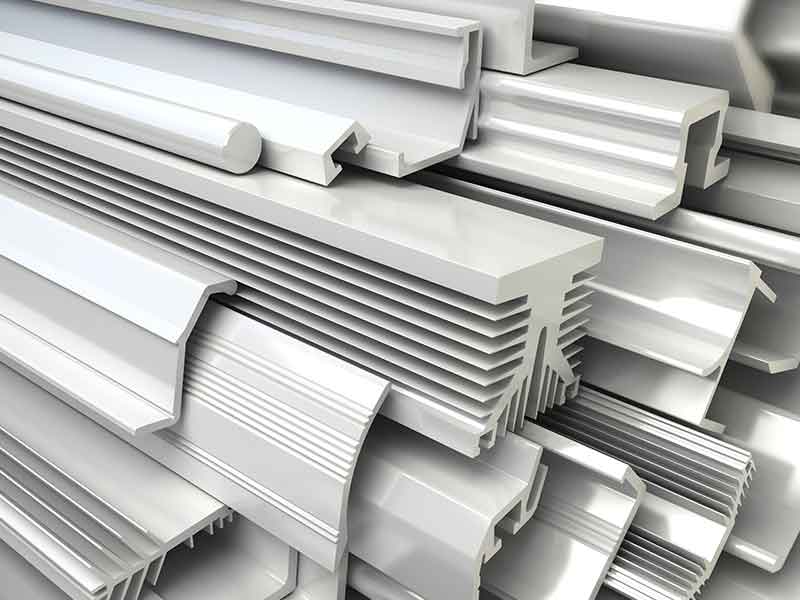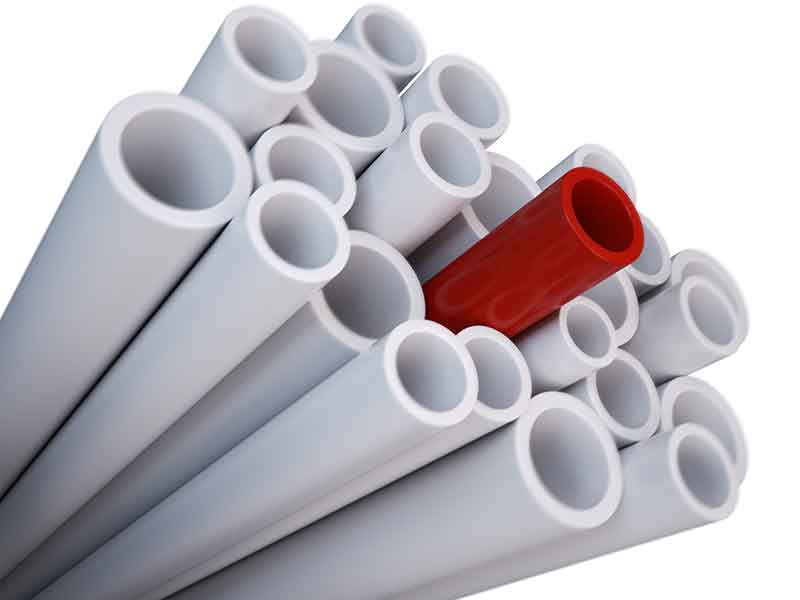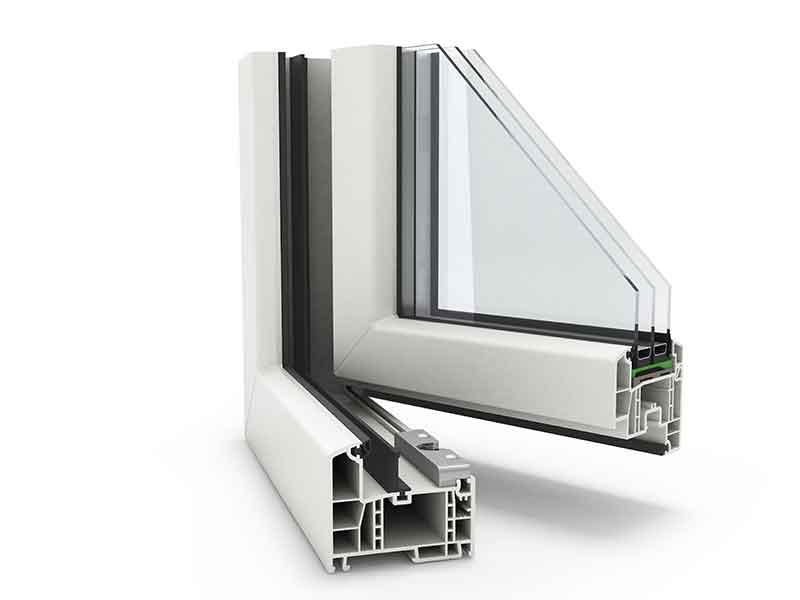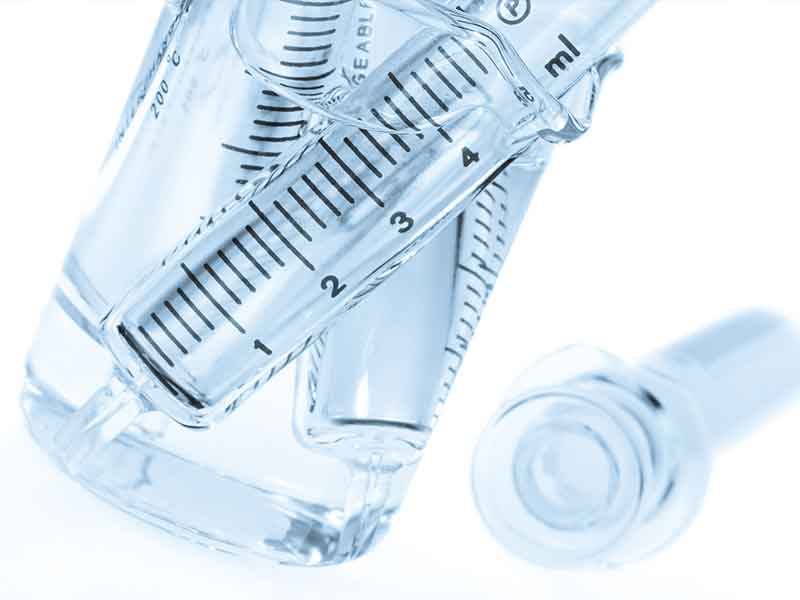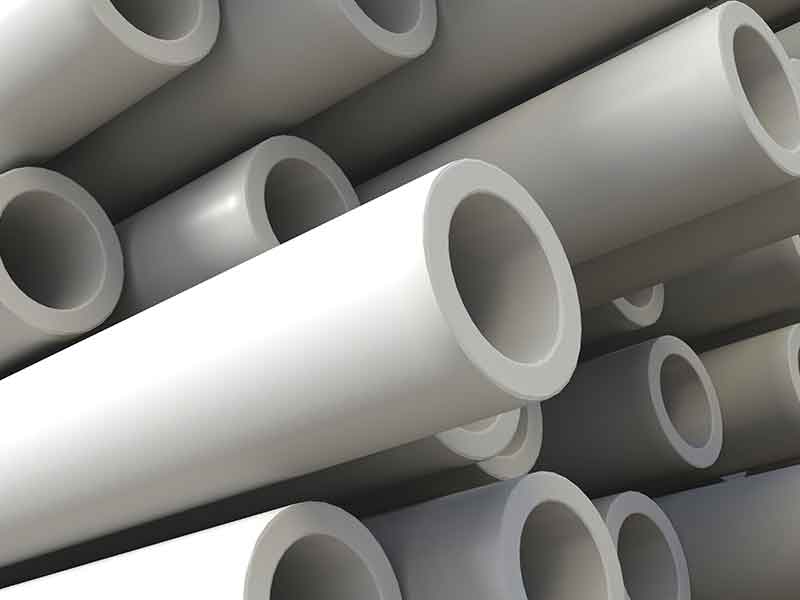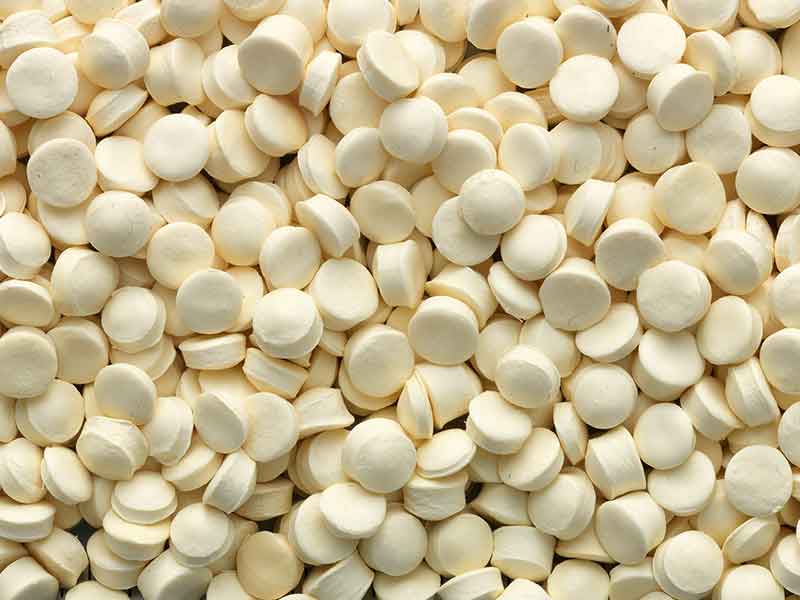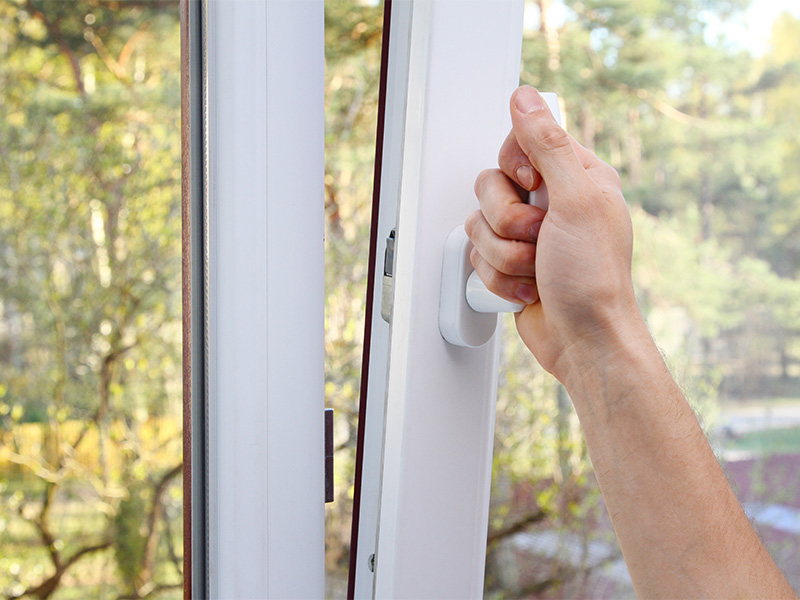The creation of PVC from vinyl chloride (VC) was first described during the first half of the nineteenth century. Large-scale PVC production started around 1928 in the USA and 1930 in Germany. By the time the Second World War ended, it was already the most-produced plastic. With a chlorine content of 56.7% molar mass, PVC is a welcome co-product in chlorine production. Due to their low content of hydrocarbon-based components, PVC materials have a comparatively favorable energy balance and carbon dioxide footprint.
In case of fire or thermal disposal and use, substances containing hydrochloric acid or even dioxin may be released. Due to the respective consequences for the environment, the majority of the PVC industry has focused on durable products via programs such as “Vinylplus”. The consequent substitution of additives containing heavy metals was implemented rapidly and the industry evolved into a leader in material recycling. NGOs such as “The Natural Step” accompany and monitor this self-regulation, thus providing it with credibility. The total PVC market continues to grow with 2-3 % per year (CAGR).
Typical applications
Thanks to its good mechanical, electrical and optical properties, as well as good chemical resistance, rigid PVC is very useful for many applications. It is used in apparatus and machine construction, pressure pipes, pipe coupling, fans, air ducting, fittings, pumps, tanks for the chemical industry and rigid PVC (PVC-U) linings.
Also, for applications in the construction sector, wastewater pipes, roof gutters, rainwater pipes, gas pipes, drainage pipes, window profiles, facade elements, ventilation shafts and anti-glare screens.
In electrical engineering, rigid PVC is used for manufacturing insulating conduits, transparent distribution box covers, housings, and cable conduits and the time-honoured vinyl records consisting of rigid PVC.
Benefits
The advantages of the BUSS compounding technology for rigid PVC processing
Compounding requirements
for rigid PVC
Rigid PVC is normally processed via hot/cold mixing in the powder phase. This is followed by compounding on the BUSS Kneader for all molding processes for which granulates are required such as injection molding. If high aggregate content or specific quality requirements are called for, this two-stage process is also applied. For simpler formulations, molding from the powder premix can suffice.
The requirements of rigid PVC compounding can be described as follows: the pulverized dryblend, which in addition to the PVC resin contains further formulation components such as stabilizers, additives, filling and reinforcing materials as well as flame retardants must be dispersively and distributively intensively mixed, gelled and broken down in the compounding machine. Here, clearly defined temperature limits must be adhered to.
The BUSS Kneader excels with its uniform, moderate and if necessary, adjustable shear rates. The compounding process and the pressure build-up step are strictly separated and optimized in a two-stage system.
Low specific energies with the most intensive mixing processes, volumetric scale-up procedures and maximum availability are possible thanks to wide operating windows and reinforce the technological and market leadership gained in rigid PVC compounding technology since the beginning of mass production in the mid-20th century.
Typical plant layout
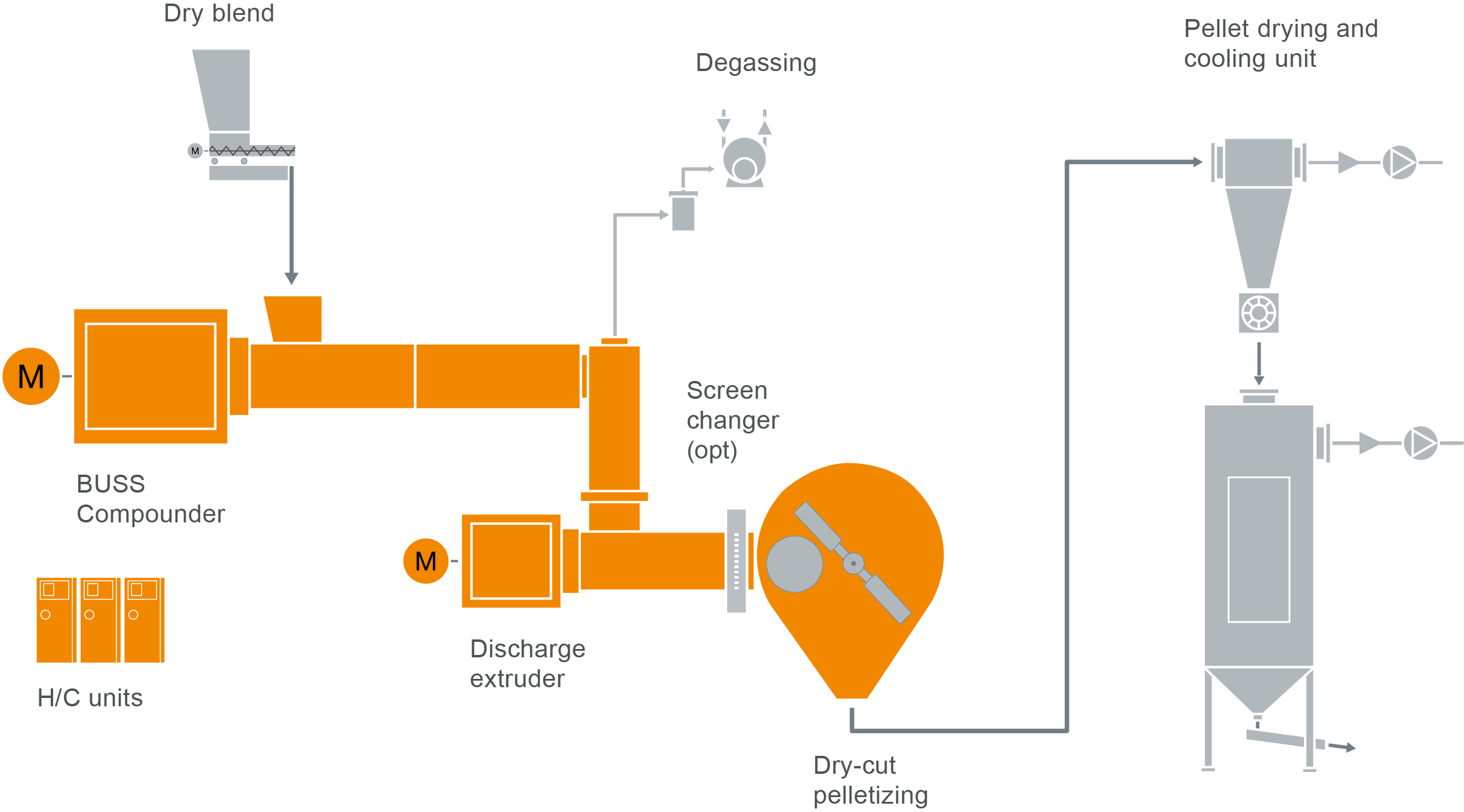
COMPEO compounder for PVC compounding
Take a look at our typical plant layout for the production of PVC compounds in our COMPEO showroom.
BUSS Kneaders
around the globe
Our patented kneaders are in operation worldwide today and support our customers when producing plastics. Our customers can handle all the demanding requirements of PVC compounding using the BUSS compounding systems.
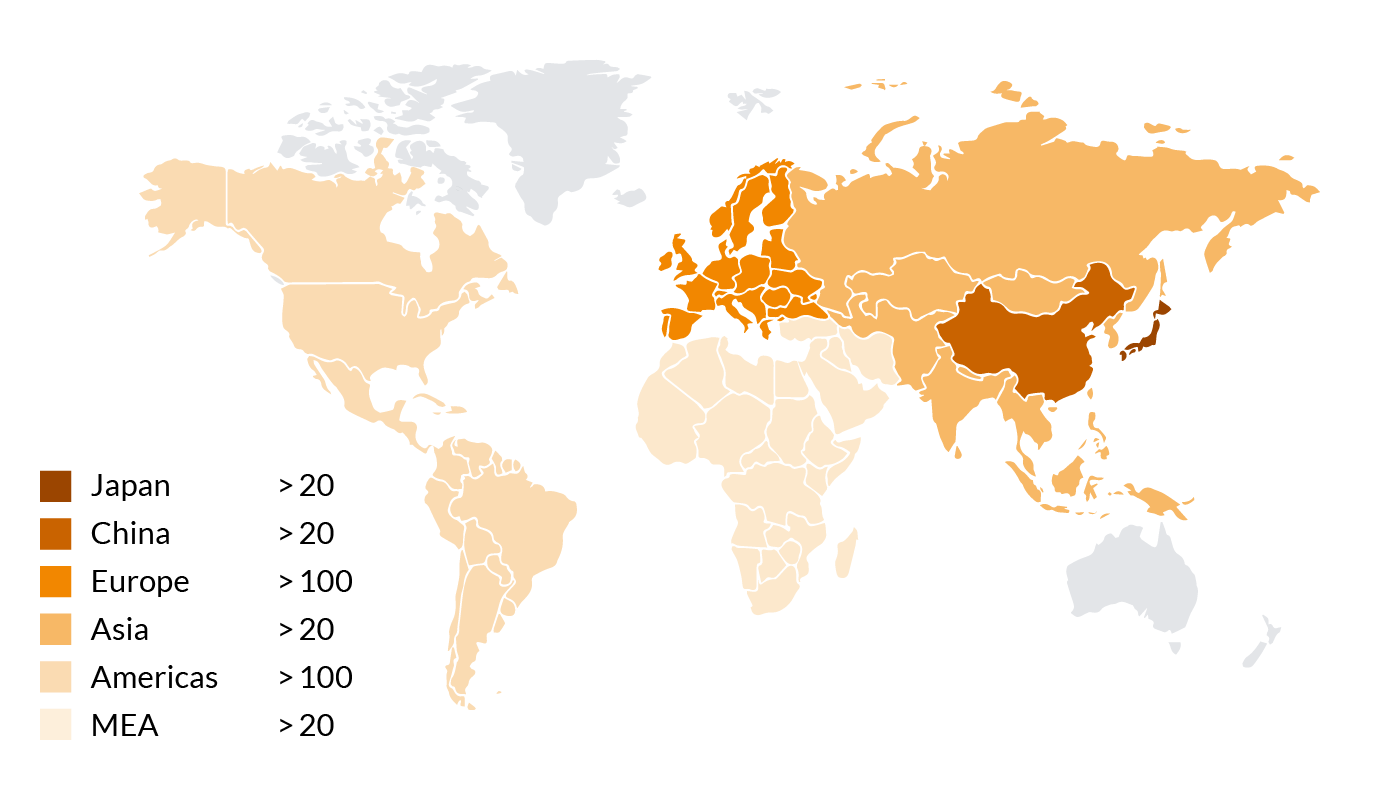
Number of kneaders used for PVC compounding
